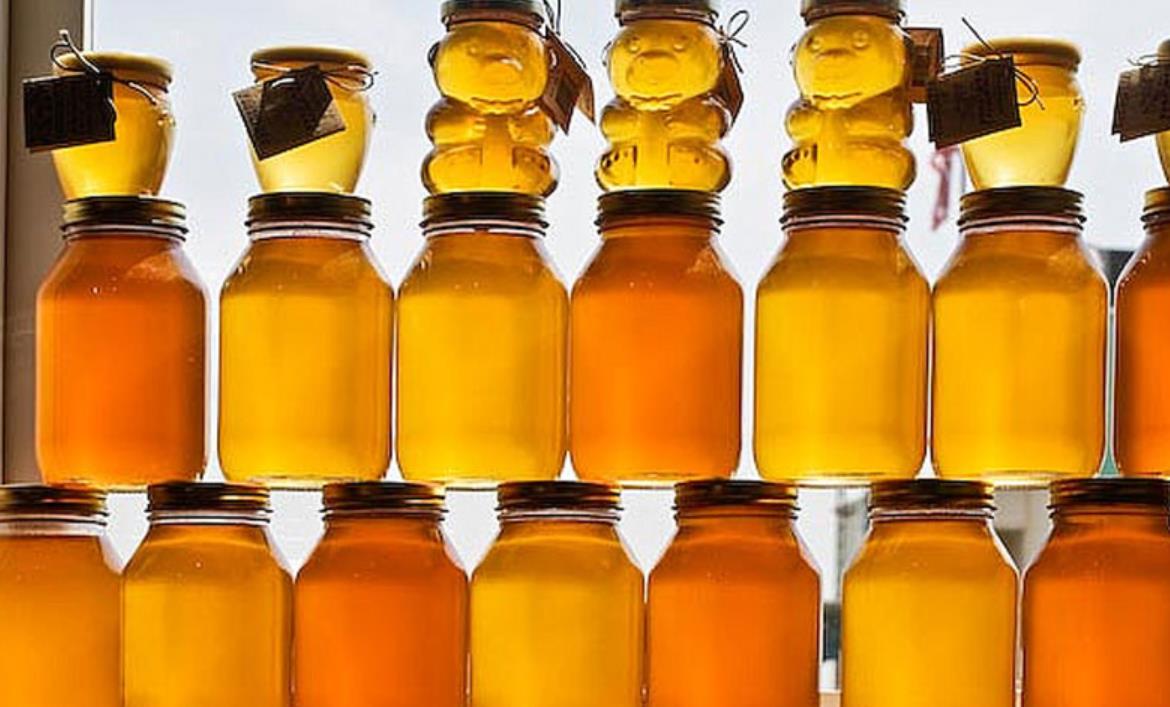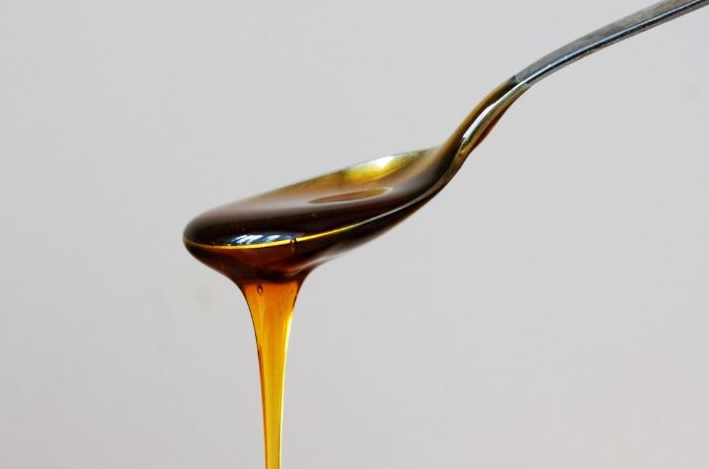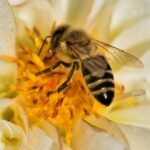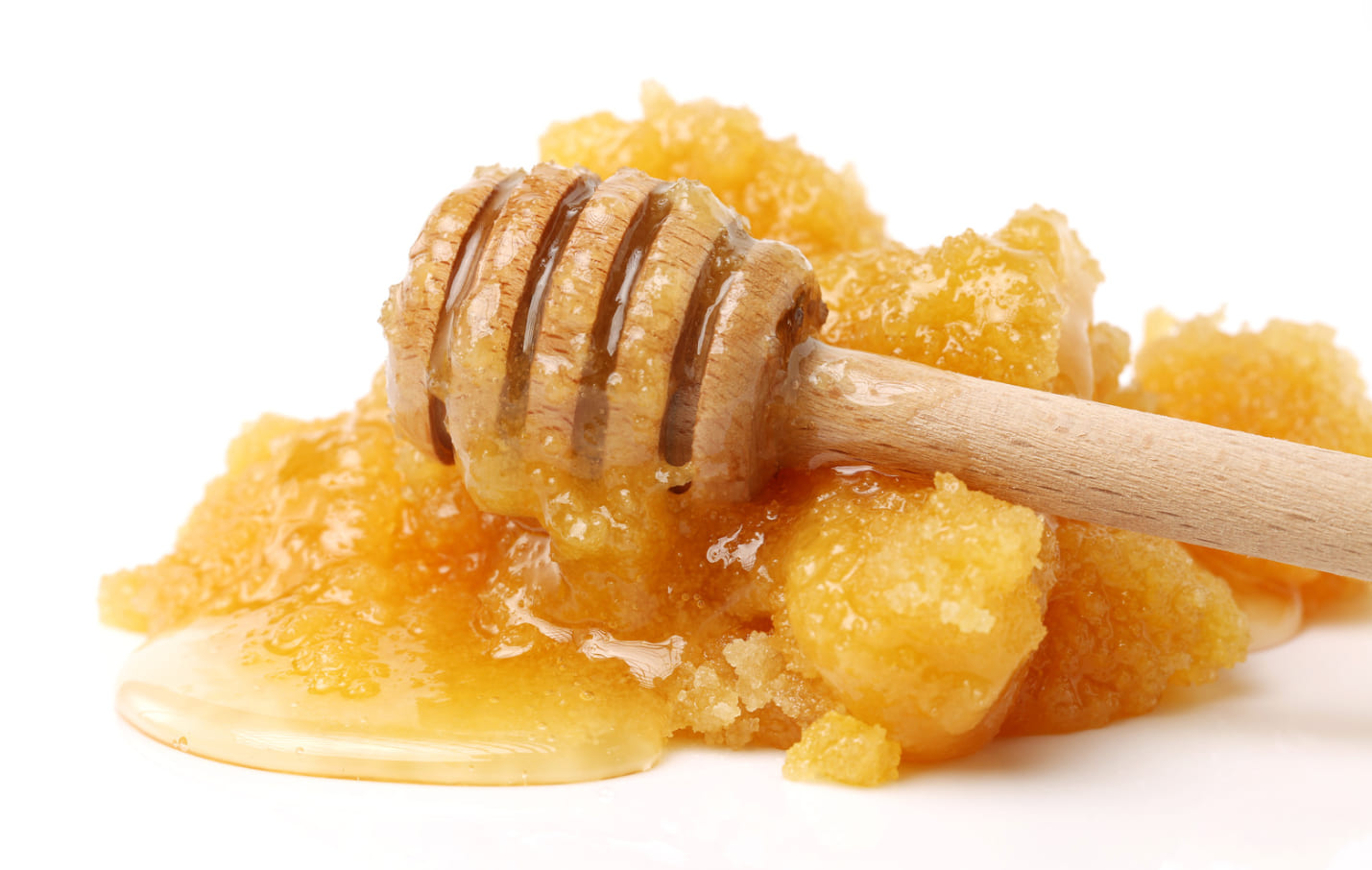
Honey is a delightful natural sweetener cherished for its rich flavors and health benefits. However, one common challenge faced by honey enthusiasts is crystallization, which can turn smooth, liquid honey into a gritty, semi-solid form. While crystallization is a natural process, there are several effective methods to prevent it and keep your honey in its desired liquid state.
Understanding the factors that contribute to honey crystallization is crucial for preserving its quality and texture. Factors such as temperature, storage conditions, and the type of honey all play significant roles. By implementing a few simple strategies, you can ensure your honey remains smooth and pourable for an extended period.
Table of Contents
Why Does Honey Crystallize?
The Science Behind Crystallization
Honey crystallization occurs when the glucose in the honey separates from the water and forms crystals. This process is influenced by several factors, including the ratio of glucose to fructose, the presence of pollen particles, and the overall composition of the honey. Glucose tends to crystallize more readily than fructose, so honey with higher glucose content is more prone to crystallization.
Temperature’s Role in Crystallization
Temperature is a key factor in honey crystallization. Honey stored at cooler temperatures (below 50°F or 10°C) tends to crystallize faster than honey kept at warmer temperatures. Conversely, honey stored at very high temperatures (above 95°F or 35°C) can degrade in quality, affecting both flavor and nutritional value. Finding the optimal storage temperature is essential to maintaining honey’s liquid form.
Effective Strategies to Prevent Honey Crystallization
Proper Storage Techniques
Storing honey in a tightly sealed container at a stable room temperature (between 70-80°F or 21-27°C) can significantly slow down the crystallization process. Ensure the container is airtight to prevent moisture from entering, as excess moisture can accelerate crystallization.
Selecting the Right Type of Honey
Different types of honey crystallize at different rates. For instance, clover honey tends to crystallize more slowly than other varieties. Choosing a honey with a naturally lower glucose content can help keep it liquid for a longer time.
Gentle Heating Methods
If your honey has already started to crystallize, gentle heating can return it to its liquid state. Place the honey jar in warm water (not exceeding 95°F or 35°C) and stir gently until the crystals dissolve. Avoid using high heat or microwaving, as these methods can damage the honey’s beneficial properties.
Regularly Stirring the Honey
Occasionally stirring your honey can help disrupt the formation of crystals. By breaking up any forming crystals before they grow larger, you can maintain a smoother texture. This is particularly useful for honey that you use frequently and want to keep in perfect condition.
By understanding the science behind honey crystallization and implementing these preventive measures, you can enjoy smooth, liquid honey for longer periods. Whether you’re a home cook, a honey enthusiast, or a small-scale producer, these tips will help you keep your honey in its best possible condition.
Maintaining an Ideal Humidity Level
Humidity plays a significant role in honey crystallization. Honey is hygroscopic, meaning it can absorb moisture from the air. Excess moisture can lead to faster crystallization and fermentation, which can spoil the honey. Store honey in a dry place, and ensure the lid is always tightly sealed after each use to prevent moisture from entering.
Using Anti-Crystallization Additives
Some commercial honey producers add a small amount of glucose oxidase to their honey. This enzyme helps break down glucose into gluconic acid and hydrogen peroxide, which can slow down crystallization. While this method is more common in large-scale production, it can be something to consider if you’re serious about maintaining your honey in a liquid state.
Avoiding Temperature Fluctuations
Frequent changes in temperature can encourage crystallization. It’s best to store honey in a location where the temperature remains relatively constant. Avoid places like the kitchen countertop near the stove or refrigerator, where temperature changes are common. Instead, opt for a pantry or cupboard that maintains a stable environment.
What to Do When Honey Crystallizes
Step-by-Step Guide to Decrystallize Honey
- Prepare a Warm Water Bath: Fill a pot with warm water, ensuring the temperature is no higher than 95°F (35°C). Using a thermometer can help maintain the correct temperature.
- Place the Honey Jar in the Water: Submerge the honey jar in the warm water, making sure the water level does not exceed the jar’s lid to prevent water from seeping in.
- Stir Occasionally: Stir the honey gently with a spoon to help dissolve the crystals more evenly and quickly.
- Monitor the Temperature: Keep the water warm by replacing it with more warm water as needed, but avoid overheating. The process might take several hours, depending on the amount of crystallization.
- Seal and Store Properly: Once the honey has returned to a liquid state, ensure the lid is tightly sealed, and store it in a suitable place to prevent future crystallization.
Preventing Re-Crystallization
After decrystallizing your honey, it’s crucial to implement the preventive measures discussed earlier to avoid re-crystallization. Proper storage, maintaining the right temperature, and ensuring minimal moisture exposure are key steps in preserving the liquid consistency of honey.
When to Discard Crystallized Honey
While crystallized honey is safe to consume and retains its nutritional benefits, it can sometimes ferment if exposed to excess moisture. Signs of fermentation include a sour taste, bubbling, or foamy appearance. If you notice these signs, it’s best to discard the honey to avoid any potential health risks.
The Benefits of Liquid Honey
Versatility in Cooking and Baking
Liquid honey is easier to measure, pour, and mix into recipes. Its smooth texture makes it ideal for a variety of culinary uses, from drizzling over pancakes to incorporating into marinades and dressings. Crystallized honey, on the other hand, can be more challenging to work with due to its thicker consistency.
Enhanced Flavor Profile
Honey’s flavor can be more pronounced and enjoyable in its liquid form. The smooth texture allows for a more consistent taste experience, making it a preferred choice for many honey lovers.
Aesthetic Appeal
Clear, golden liquid honey is visually appealing, whether displayed on a kitchen counter or used as a gift. Its appearance can enhance the overall presentation of your culinary creations and make it more enticing to use.
By understanding the science behind honey crystallization and applying these practical strategies, you can ensure that your honey remains in its best, liquid form for as long as possible. Whether for personal enjoyment or as part of your small business, these tips will help you maintain the quality and appeal of your honey.
Types of Honey and Their Crystallization Tendencies
Clover Honey
Clover honey is one of the most popular varieties due to its mild flavor and wide availability. It tends to crystallize more slowly compared to other types because of its lower glucose content. This makes it a great choice for those looking to keep honey in liquid form for longer periods.
Acacia Honey
Acacia honey is known for its light color and delicate taste. It has a high fructose content, which makes it one of the least likely types of honey to crystallize. If you prefer honey that stays liquid for an extended time, acacia honey is an excellent option.
Manuka Honey
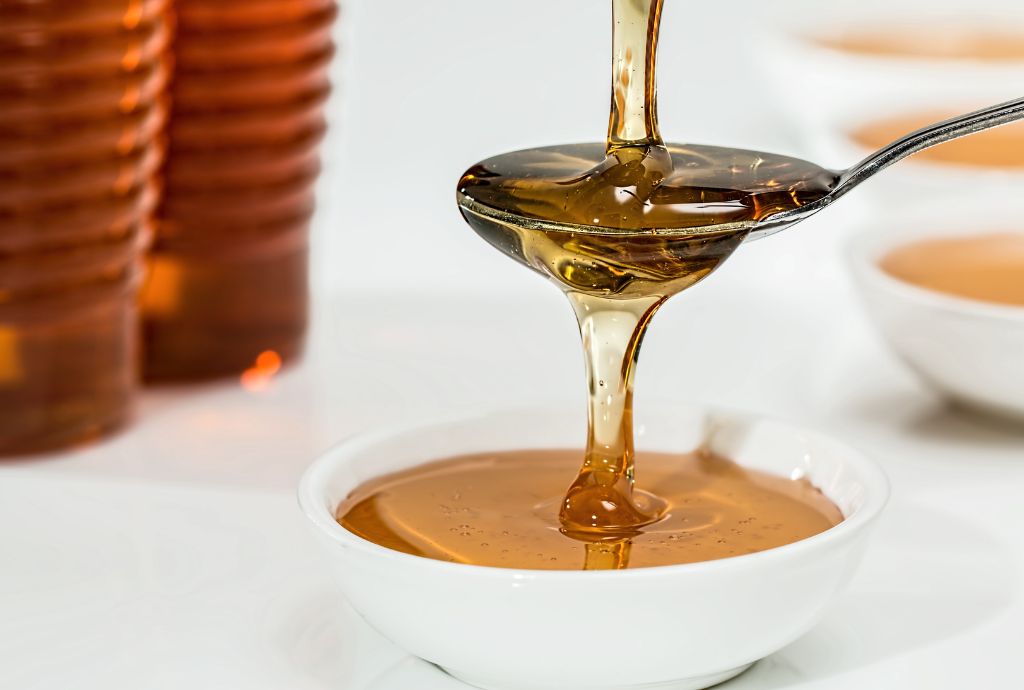
Manuka honey, famed for its medicinal properties, tends to crystallize more quickly due to its higher glucose levels. To prevent crystallization, store Manuka honey in a stable, warm environment and consider using gentle heating methods if crystallization occurs.
Buckwheat Honey
Buckwheat honey has a robust, earthy flavor and dark color. It crystallizes faster than lighter honeys because of its higher glucose-to-fructose ratio. Proper storage and occasional gentle heating can help maintain its liquid state.
Additional Tips for Honey Preservation
Choosing the Right Container
The container you use to store honey can impact its tendency to crystallize. Glass jars are preferred because they are non-reactive and airtight, helping to keep the honey’s moisture content stable. Plastic containers are also suitable, but ensure they are food-grade and BPA-free to avoid any chemical leaching.
Labeling and Rotation
If you store multiple jars of honey, it’s a good practice to label them with the date of purchase or extraction. Use the oldest honey first to ensure that none of your honey sits for too long, which can increase the chance of crystallization.
Minimizing Air Exposure
Each time honey is exposed to air, it can absorb moisture, accelerating crystallization. Minimize the time the jar is open and always ensure the lid is tightly sealed after each use.
Common Myths About Honey Crystallization
Myth: Crystallized Honey is Spoiled
Many people believe that crystallized honey has gone bad. In reality, crystallization is a natural process and does not indicate spoilage. Crystallized honey retains all its nutritional benefits and can be easily returned to its liquid state with proper techniques.
Myth: Heating Honey Destroys Its Nutrients
While excessive heating can degrade some of honey’s beneficial enzymes and nutrients, gentle warming methods (not exceeding 95°F or 35°C) are safe and effective for decrystallizing honey without significant nutrient loss.
Myth: Adding Water to Honey Prevents Crystallization
Adding water to honey can actually lead to fermentation and spoilage. Honey’s low water content is one of the factors that prevent bacterial growth. Adding water disrupts this balance and encourages microbial activity.
Conclusion
Honey crystallization is a natural and manageable process. By understanding the factors that contribute to crystallization and implementing effective storage and handling techniques, you can enjoy smooth, liquid honey for longer periods. Whether you prefer the light sweetness of clover honey, the medicinal benefits of Manuka honey, or the delicate taste of acacia honey, these strategies will help you maintain its optimal quality. Embrace these methods to ensure your honey remains a delightful and versatile ingredient in your kitchen.
